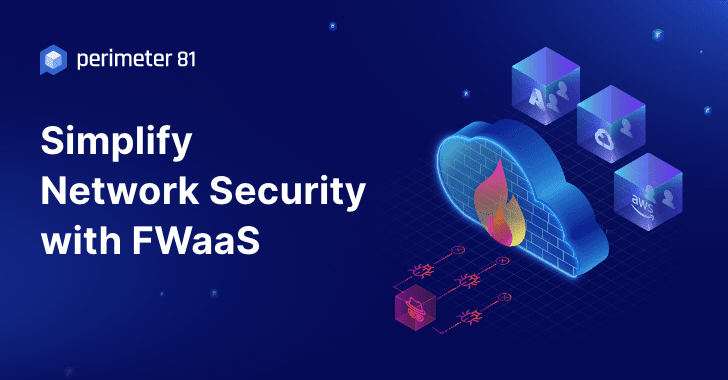Unleashing the Power of Edge Computing in Network Infrastructure
Edge computing is a paradigm that brings computation and data storage closer to the location where it is needed, rather than relying on a centralized cloud infrastructure. This approach has gained significant attention and traction in recent years, especially as the Internet of Things (IoT) and other applications demand low-latency and real-time processing capabilities. Unleashing the power of edge computing in network infrastructure involves several key aspects:
- Low Latency and Real-Time Processing:
- Reduced Round-Trip Time (RTT): Edge computing minimizes the distance data needs to travel, reducing latency. This is crucial for applications like autonomous vehicles, augmented reality, and critical IoT applications that require real-time responses.
- Distributed Architecture:
- Decentralized Processing: Edge computing distributes processing tasks across a network, allowing data to be processed closer to its source. This reduces the load on centralized servers and enhances scalability.
- Improved Bandwidth Efficiency:
- Local Data Processing: By processing data at the edge, only relevant information needs to be sent to the cloud or central data center. This reduces the amount of data that needs to traverse the network, improving bandwidth efficiency.
- Enhanced Security and Privacy:
- Data Proximity: Edge computing enables sensitive data to remain closer to its source, reducing the risk of data breaches during transit. This is particularly important for applications dealing with personal or sensitive information.
- Scalability and Flexibility:
- Distributed Scaling: Edge computing allows for the deployment of computing resources where they are needed, enabling more efficient scaling based on demand. This is especially advantageous for applications with dynamic workloads.
- Edge-to-Cloud Integration:
- Hybrid Architectures: Combining edge computing with cloud resources creates a hybrid architecture that leverages the strengths of both. Edge devices handle time-sensitive tasks, while the cloud manages storage, analytics, and less time-sensitive processes.
- Edge Device Diversity:
- Various Endpoints: Edge computing accommodates a diverse range of devices, from sensors and actuators to powerful edge servers. This diversity allows for a tailored approach to different use cases and industries.
- Robust Edge Management:
- Monitoring and Orchestration: Effective management tools are crucial for deploying, monitoring, and orchestrating edge devices. This includes solutions for firmware updates, security patches, and resource allocation.
- Resilience and Redundancy:
- Fault Tolerance: Edge computing can enhance network resilience by distributing processing across multiple edge devices. This makes the overall infrastructure more fault-tolerant and less susceptible to single points of failure.
- Regulatory Compliance:
- Local Compliance: Edge computing can help adhere to local data sovereignty regulations by processing and storing data within specific geographic regions, ensuring compliance with data protection laws.
In summary, leveraging the power of edge computing in network infrastructure involves optimizing for low latency, distributing processing tasks, improving bandwidth efficiency, enhancing security, and creating a flexible, scalable, and resilient architecture. The integration of edge and cloud resources is key to building a comprehensive and effective computing infrastructure for the evolving needs of modern applications.




